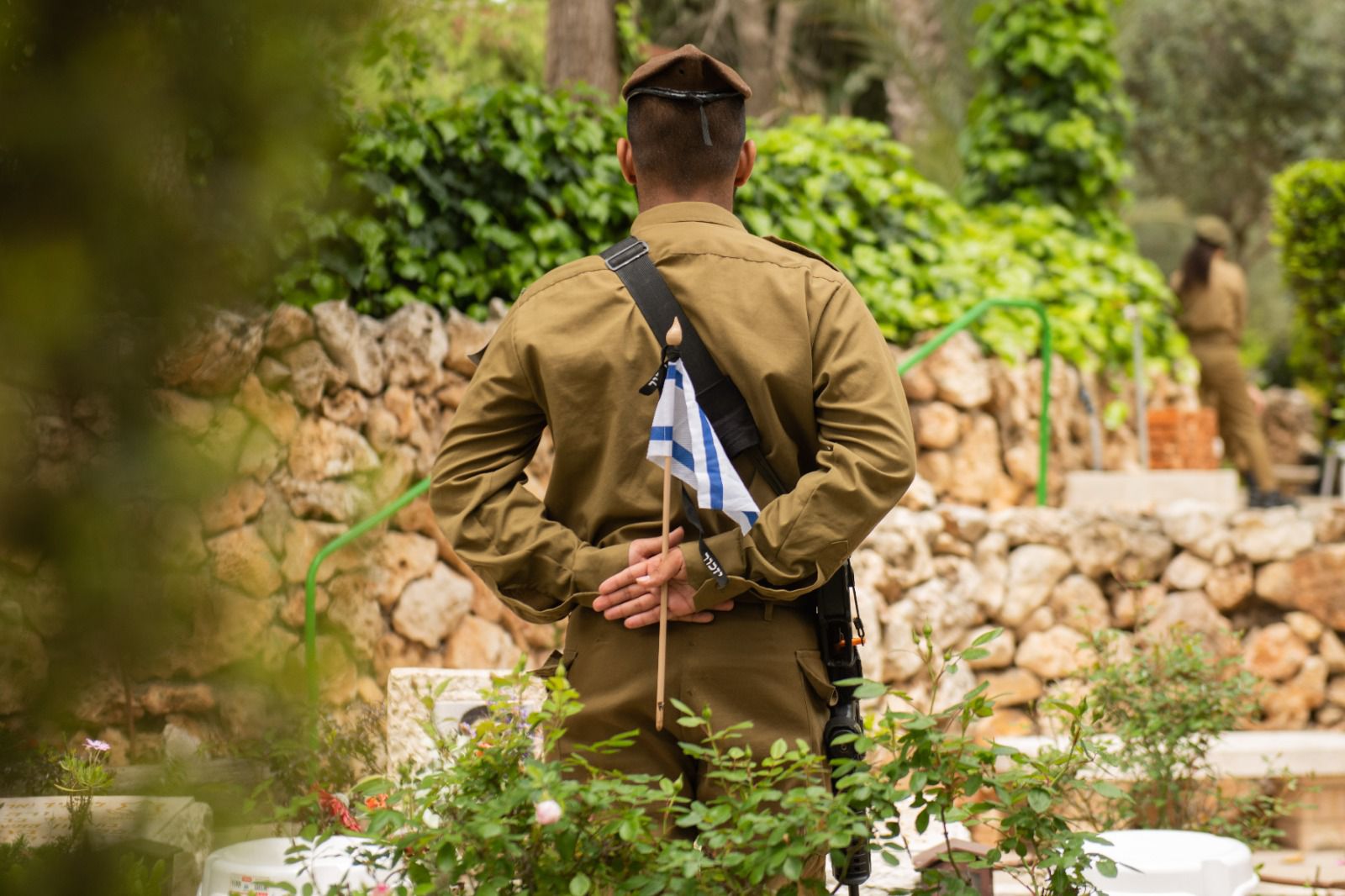This article is dedicated in the merit of a complete recovery for my friend Shira bat Devorah Leah—our intentions for every good deed are with you.
A yoga instructor may introduce different poses and sequences in each class, but uniformly begins with a prompt to set an intention for the practice. Usually, it is for wellbeing and whatever that invokes for each student. At the conclusion of class, usually during the deep relaxation phase of savasana, the instructor will ask students to bring their focus back to their intention. Although experiences will vary for each person and session, this custom creates connection to the practice.
There is something powerful about aligning self-awareness with a routine and recognizing differentiation. It speaks to the idea of mindful prayer and acts of kindness, asserting that intention makes a difference. I wonder how we can adapt a similar pattern in the classroom, what that would look like and what benefits there may be for teaching and learning.
These questions are relatable to any educational context and are especially important for today’s school setting. With the brave and determined efforts of school leaders to keep schools open, there are necessarily features in place that create distance. Some of these elements may make it more difficult to feel connected to our learning and to each other.
While new efforts may be needed to overcome these measures, they point to a basic need for connection that existed before the pandemic and will likely continue long after. This need may be currently magnified, but it beckons us to consider ways to find ourselves in our roles in the classroom. I believe one way to create that connection is through taking the time to set intentions.
What if teachers began each class inviting students to set an intention? Imagine students having a designated journal or a post-it pad to jot it down and stick on their fresh page. What if that is followed by a minute to consider, internalize and own their personal message? It can be a prompt to individuate and to create personalization before the lesson even begins.
An intention for a student might be to better understand, participate or be understood. It may be to improve their focus and attention or to find class conversation more interesting or relatable. It can also be to quiet an anxiety, build confidence or be more patient with themselves in their learning process. No matter how a student identifies their purpose in each class, asserting it at the outset sets an important tone for connection with their learning.
What if while students are jotting down their intentions, teachers do the same? This is not a restatement of a lesson plan or goals, which is likely preset. This is a statement from the heart connecting one’s present mood and stance to the upcoming time devoted to instruction. An intention may be to extend their patience, convey enthusiasm or keep their own interest along with that of their students. It may also be to maintain stamina or clarity, or to find personal fulfillment in their work. What if teachers spend the next minute, along with students, sealing their intention for the class. While their teaching may still follow through with their advanced planning, they are more likely to be personally aligned with their presentation.
At the conclusion of class, what might the experience of returning to an intention look and feel like? Rather than teaching or working until the bell, what if formal learning is concluded just a minute or two prior, and the final 60-plus seconds are spent quietly, engaged in deep breathing, and recalling the day’s intention? For students and teachers alike, it may bring a wave of calm, and provide time and space to reflect on the teaching or learning before packing up and moving on to the next period. This provides a healthy, mindful pause to consider not only what we have taught or learned but what it has meant to us and how we may be changed from the experience.
The benefits for teaching and learning are as varied as the different motivations we may have each day, or each hour. Keeping track of our intentions and how they change, evolve and fluctuate over time highlights different modes of connection to our learning. It also marks an important element of consistency—that there is personal relevance to be found. Awareness of the nuance that comes with this discovery can add to the dynamism of an educational climate. Sensitivity to the relationship between your personal state and the role that you feel is called for in the classroom can help create greater synchronicity between the two. This unification is important for the sake of heightened self-awareness amidst new knowledge and experience.
Inevitably, distractions come up and our attention can easily become derailed. Bringing our attention back to our intentions can be a helpful centering exercise, connecting us back to ourselves and to the classroom environment. Our ownership of our intentions is a personal investment in teaching and learning, and raises the stakes of our involvement. It is a statement of personal interest and responsibility that inspires motivation. This can transform attitudes, work habits and performance. It can also help us detect when something doesn’t feel right and can be an impetus for needed change and improvements.
Setting intentions is a transformative mind and body tool for yoga practice and can also be implemented to improve classroom teaching and learning. A classroom, as a yoga studio, can be a space for discovering one’s own rhythms and aligning with a practice. Setting intentions yields added meaning to the practice by infusing it with self-awareness. Returning to the stated intentions at the conclusion of a practice reinforces that personal connection. While bringing this approach into a classroom can be especially helpful this year, the experience of personal connection is one that can bring light in any learning context.
Aviva Edelstein is an educational consultant living in Teaneck. She has experience in both formal and informal education as well as homeschool curriculum design and instruction.










